What Indian Cities Can Learn About Green Tourism from Copenhagen.
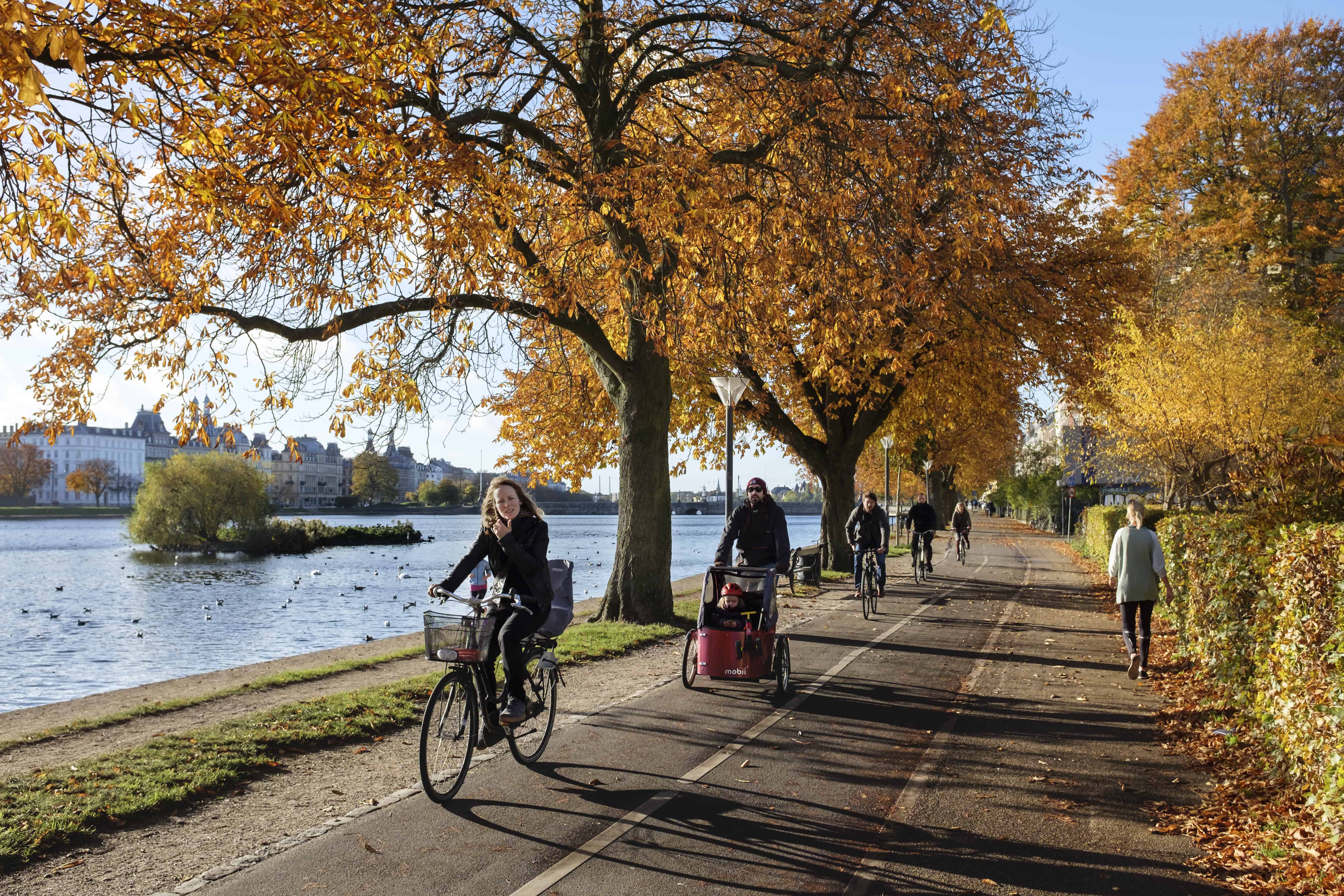
Despite their vastly different population numbers and growth challenges, my trip to Copenhagen – one of the world’s most sustainable cities – convinced me that Indian cities (and others around the world) can draw inspiration from its green tourism practices. I try to crystallize it all in this post.
On a recent visit to my hometown Dehradun, I decided to take a rickety bicycle for a spin around the neighborhood. The plan was to retrace the cycling routes of my childhood. I pedalled along potholes and pools of water from a broken pipe, ignoring the incessant honking of cars and bikes, trying to reach the river and forests that once used to be our backyard. Much to my disappointment, the river was just a dismal trickle amid a rocky, plundered river bed, and I couldn’t trace the forests at all until I reached a gate with a sign announcing I was entering a private property – I looked wistfully at the old oak trees, now the only green lung in the neighborhood.
Dejected, I abandoned the bicycle ride. As I sat lamenting the lost beauty of the once charming Doon Valley, a local newspaper article caught my eye. The most livable cities in India are not Delhi or Mumbai, it proudly proclaimed; Dehradun is among the top 3 most liveable cities in India. The same city that has lost its rivers and forests to rampant construction. The same city where the streets have become choc-o-bloc with chaotic traffic and the hills have been blocked from view by hideously designed high-rise apartments. Water shortages are common, the air is often dusty and polluted, and the once dark skies glow dejectedly with only a handful of stars. And yet, compared to many other cities in India, Dehradun is probably among the more liveable ones!
Many people I speak to, think this is the price we have to pay for economic development. That high-rises, malls, fancy cars – even on congested streets – and light pollution are a sign of progress. The question is, can economic progress co-exist with green living?
I turn to Copenhagen, the capital of Denmark, one of the world’s most eco-friendly and developed cities, for inspiration, policies and green tourism practices, which if seriously implemented in Indian cities, could transform them into truly smart, green, liveable cities:
No resident lives more than an 8-minute walk away from a green space
While green lungs in Indian cities (think the Aarey forest in Mumbai) are fighting to survive, Copenhagen proudly ensures that no city-dweller lives further than 8 minutes on foot from a green zone. These green spaces include urban parks, gardens with cherry blossom trees, cemeteries with walking and cycling trails, historical monuments planted with seasonal trees, lakes surrounded by green trails, even a theme park with plenty of greenery. Notice what they cleverly did there? In the process of creating green spaces for Copenhagen residents, they also created a vast set of green tourism focused outdoor attractions for travellers. I, for one, fell in love with the seasonal cherry trees in the urban parks, cycling along the Copenhagen lakes and hanging out amid the striking poplar trees of Assistens Cemetery.
A concentrated effort to foster aesthetic green spaces in Indian cities would not only help protect the environment and lower air pollution, but also afford working adults an outdoor space to rejuvenate, leading to a more productive workforce, and boost leisure tourism in cities – both closely linked to economic growth. Oh, and kids with faces buried in their iPads all day could forge a much-needed connection with the outdoors.
Also read: Fun and Alternative Things to do in Copenhagen – Perhaps Europe’s Coolest Capital City
Green tourism = Infrastructure investment and incentives to ensure more bicycles than cars on the streets
On my recent trip to Himachal Pradesh, I heard a local politician proudly share his plan to build a highway to connect remote mountain villages by cutting a pristine primary forest – and in order to protect the environment, he would put a lane for cycling and electric cars.
On a short transit through Lucknow, I drove beside a cycling path that literally broke off in parts with no space to continue the ride.
Cycling infrastructure in India is a bit of a joke. Especially when you compare it to a city like Copenhagen – and let’s not get into how rich they are compared to us, because we have a ton of money to waste invest in statues and other pointless things. I was stunned to see just how far Copenhagen has taken its commitment to supporting cyclists: dedicated cycling lanes as wide as bus lanes, well-laid rules giving priority to cyclists, dedicated traffic lights to regulate cycling traffic, incentives to discourage private cars by making them extremely costly, futuristic cycling bridges that make the commuting time shorter than driving a car, and dedicated parking spaces for bicycles.
Even though solar-powered public buses ply the streets, I was so enamoured by the cycling culture and infrastructure, that I spent a beautiful week – rain or shine – cycling everywhere, including the airport. Believe it or not, even local politicians cycle to parliament everyday!
In Indian cities, where many people suffer from obesity due to lack of exercise as a by-product of endless traffic, health outcomes could be significantly improved by investments in solid cycling infrastructure. I remember reading Ruskin Bond’s autobiography, where he talks about Delhi in the 1950s. In those days, everyone got around on bicycles, even in Connaught Place, and wild animals roamed the forests and fields around South Delhi. Wouldn’t it be amazing to retrieve that Delhi (and other Indian cities) through strategic investment and incentives to transition residents away from cars / uber / ola to bicycles… rather than unsustainable odd-even car schemes or banning private cars altogether with no feasible alternatives?
Also read: The Swiss Alps on an E-bike: 385 Km, 7 Alpine Passes, 6 Days!
Modernise old heritage from within to preserve it
India’s crumbling heritage never fails to dishearten me. Beautiful old houses and buildings, built in traditional architecture and ancient wisdom, are being torn down and replaced with ugly concrete construction throughout the country – and especially so in Indian cities. For that reason, standing at Nyhavn, the old waterfront of Copenhagen and one of the city’s most iconic tourism sites, I was moved to see beautiful old townhouses from the 17th century line the harbor – their exteriors carefully preserved, their interiors refurbished for urban living. Indeed, these are not monuments for sightseeing alone, they are comfortably inhabited and fetch high rents.
My guide proudly explained that Copenhagen owes their preservation to a policy implemented by the municipal government only a few decades ago, forbidding these charming houses from being torn down or modified from the outside. Over the years, this has given residents a chance to live in these aspirational homes, and made them a major attraction that draws thousands of visitors every week.
Luckily Indian cities haven’t lost all their heritage yet. I’m thinking of the crumbling Portuguese houses of Goa and the old townhouses of Bandra in Mumbai – these buildings, hundreds of years old, have survived the brutal test of time. Many of them are abandoned, in dispute or simply in a state of disrepair, and it’s still not too late to institute a strict policy that incentivises their preservation. Economically, it could lead to jobs in traditional architecture, construction, interior design, real estate and tourism – all at once.
I’ve met architects travelling to India from around the world to study the traditional construction in the mountains, for despite being “kaccha” mud, stone and wooden houses, they’ve survived the worst of earthquakes. It’s high time we start appreciating our old wisdom and converting it into green tourism too.
Also read: My Alternative Travel Guide to Goa
People’s movement for organic, vegan food
I know what you’re thinking by now: Copenhagen is lucky to have a government with a vision for economic growth driven by sustainability. But a wise man once said, people get the government they deserve.
Even knowing nothing about the sustainable policies of the government, it’s easy to get a sense of the how the locals are driving Copenhagen’s movement towards organic and sustainable produce, and cruelty-free food and lifestyle products. Hanging out at local food courts, cafes frequented by locals and farmers’ markets, I fell in love with the conscious living embraced and driven by the city’s residents. Some of my favorites were Souls, Kaf Cafe and the Torvehallerne Food Hall.
While organic farmers’ markets and the vegan lifestyle are slowly catching up in bigger Indian cities like Mumbai and Bangalore, the movement is restricted to small ‘hipster’ pockets. In reality, consuming superfoods and organic vegetables has long been part of our traditional way of life, so it surprises me when many pass it off as an expensive new trend. These movements – conscious of the planet, compassionate towards animals and good for our health – need to be driven by locals, but can ultimately transform our healthcare and agriculture sectors.
Also read: 15 Awesome Hangouts in Mumbai to Chill, ‘Work from Home’ and Enjoy Vegan Food
Forward-thinking sustainable hotels
On the outset, Scandic in Copenhagen felt like any other fancy hotel in a big city. Although I prefer small homestays when I travel, I was on assignment and accepted a stay in a luxury hotel, with perhaps a tinge of guilt. That guilt soon faded away when I learnt of Scandic’s commitment to go entirely carbon neutral by 2025! The hotel already measures its water and energy consumption to analyse and implement ways to reduce it. Infact, it was at Scandic that the idea of “hang up your towel if you want to use it again” came about; an idea that has been replicated by the hotel industry around the world.
And Scandic is not alone. Sustainable architecture is a key component of Copenhagen’s city policy, and applies to hotels, apartments and traditional buildings across the city. Green rooftops, urban farming and carbon-neutral buildings are becoming the norm.
As high rise hotels and residential complexes mushroom across India, a policy incentivising green-construction could curb water, energy and waste problems that plague our cities – and of course elevate India as a green tourism hub.
So far, India’s commitment towards economic growth, tourism development and environment sustainability (especially our climate change goals) seem to be crawling forward in silos. Copenhagen’s strategy to integrate them as three pillars of the same foundation has made it one of the world’s most developed, green and aspirational cities. It’s not too late to adopt a similar approach and transform the future of Indian cities too.
Also read: 15 Responsible Travel Tips for Authentic, Meaningful Experiences on the Road
What innovative green tourism initiatives have you seen around the world that could be replicated in India?
Featured image: Kristoffer Trolle (CC); check out his amazing work here.
*Note: I travelled to Copenhagen on assignment for Visit Copenhagen. Opinions on this blog, as you can tell, are always mine.
Connect with me on Instagram, Facebook and Twitter to follow my travel adventures around the world!
Order a copy of my bestselling book, The Shooting Star, on Amazon or Flipkart.
Hi there! I’m Shivya, and I started this travel blog back in 2011, when travel wasn’t trendy, Instagram didn’t exist and AI wasn’t a thing (simpler times, I know!). I write about slow, meaningful and conscious travel – that is good for us, the places we visit, the people we meet along the way, and the planet at large. Settle down, grab a cup of tea, and read stories that remind you of the essence of travel. I’m so glad you found me!


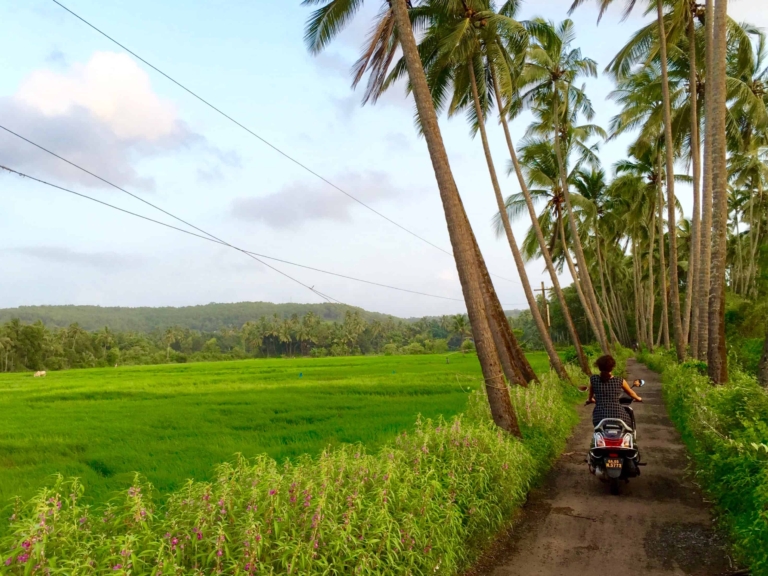
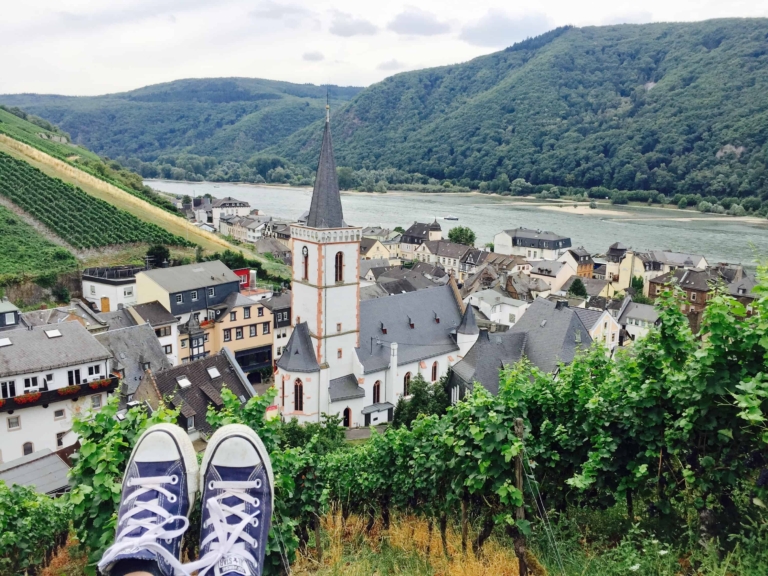
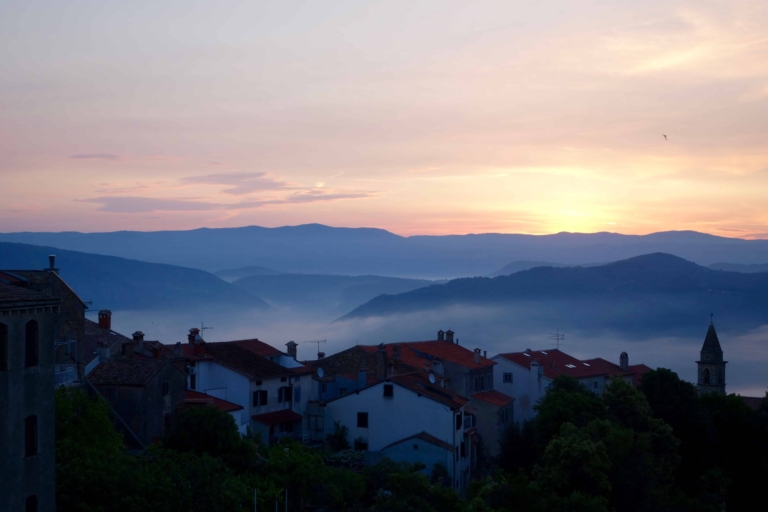
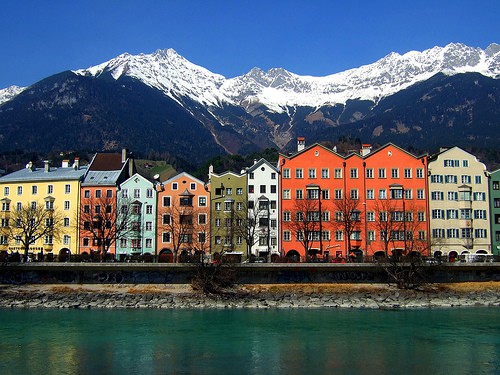
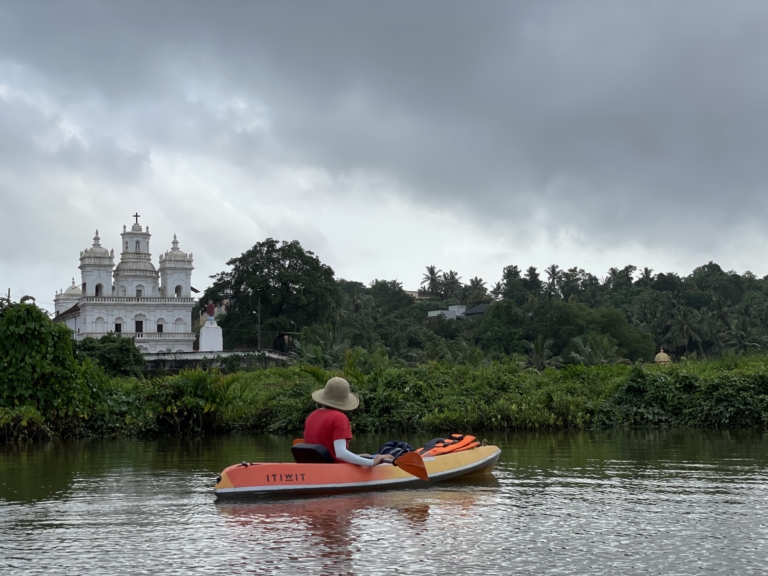
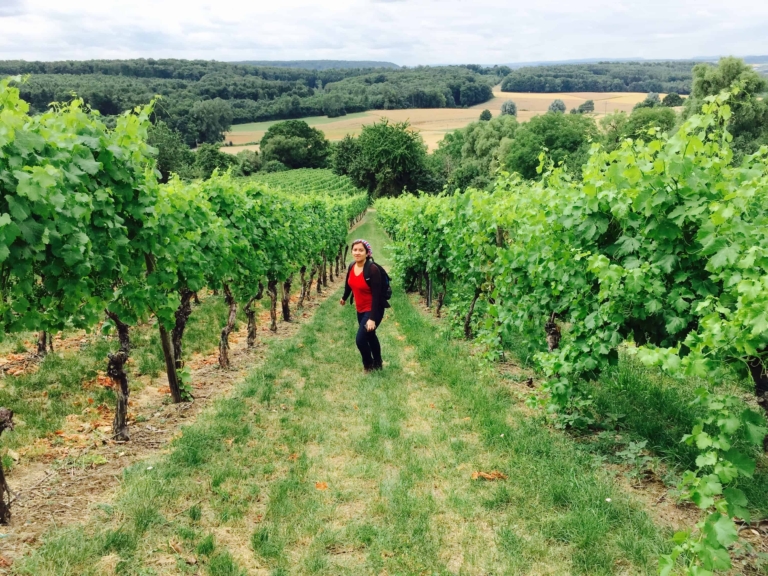
Forgive my little knowledge about the subject.. I just wanted to ask this question to someone.. is it an indisutable fact that organic is sustainable? As far as I know, the whole green revolution in India was about making farmers switch from organic to fertilizer based farming, to increase the production.. this was necessary to meet the food demand of population.. in 1970s.. population has more than doubled since then.. if all farmers were to switch to organic farming, wouldn’t millions of people die of hunger due to shortage of food?
So agriculture experts in India now agree that fertilizer based farming to increase yield was a very short term way to approach the issue. In the long run, those fertilizers have made the soil and farms much more infertile, the quality of production has decreased significantly, there’s been higher soil and water pollution, and greater carbon emissions which are warming the climate and ultimately harming agriculture. In order to keep feeding the growing population in the long run, organic farming needs to embraced.
This is where vegan food also comes into play. Millions of people could be saved from hunger if more were to cut out meat and dairy – for the amount of land and water used to rear animals for food could be used to grow way more food.
Some articles to read for perspective:
https://www.theguardian.com/sustainable-business/2016/aug/14/organic-farming-agriculture-world-hunger
https://www.theguardian.com/environment/2018/may/31/avoiding-meat-and-dairy-is-single-biggest-way-to-reduce-your-impact-on-earth
India has a population density 3 times the one from Denmark.. Maybe that is one reason why some of the Danish solutions are not easily applicable there. Having said that you made me want to visit Copenhagen 😊
I feel similarly. India’s huge (and growing) population makes it hard for us to adopt models from smaller, less populated countries.
I don’t think we can use our population density as an excuse for unsustainable development. Despite the population, it’s very much possible to have the right policies and incentives to preserve old heritage, have greener construction and emphasize organic plant-based food and superfoods that have traditionally been part of our culture. These models if and when adopted, will also help balance out migration from rural areas for presumably there will be more jobs in traditional architecture and farmers will have an incentive to grow higher value superfoods – something already happening in small pockets in Uttarakhand.
Hi Shivya,
I really eye opening post. Literally we Indians are far far behind the Danish. In india we are running behind GDP for past few decades. We are not thinking about sustainability.
Be it our river (clean Ganga mission failed multiple times). We immerse idols, puja residuals, untreated industrial waste, Municipal waste, dead nimal bodies ..what not. Each day, our rivers are going for slow death. I’m from west bengal, and live near river icchmati. It is now almost dead.
Deforestation is rampant in name of growth. Indian cities are most polluted cities in whole world. Most of city residents are now having breathing problem. But who cares? Nor citizens nor our government.
We as nation are moving from public transport system to private. Leave aside cycling. Actually in kolkata cycling is banned in most of the roads :-(.
Hope people start realizing the danger of “GDP Growth mindset without sustainability”. I have started to take part in “Grow your own food, local food and seasonal food” initiative. And learning and applying “Permaculture” to have a green planet.
I know the situation feels dismal, Sourav. But we have to do what we can as individuals – so it’s great that you’re learning permaculture and growing your own food. I recommend reading this book I’m currently reading: The Climate Solution by Mridula Ramesh.
Thank you for your wonderful mention of Copenhagen, Shivya Nath!!
The environment is like a democracy, you must constantly stand guard around it, and never take anything for granted.
I read your post with great interest. The inhabitants of Copenhagen love their city and cherish the green areas. However, it is always a problem to have room for housing, indeed in Copenhagen too.
I send you a link of Copenhagen from above:-) :
https://hannaswalk.com/2016/06/06/is-this-the-top-of-the-tower-mom/
All the best,
Hanna
So true. Unfortunately in India, we still think of the environment as something to consider after all other problems are solved. I’ve heard from my Danish friend about the housing issues, but maybe that’s a way to balance the number of people living in the city 😉
Generally I think that politicians’ intentions are okay. Nevertheless, it is increasingly the ones with the highest incomes who can afford to settle in the attractive part of Copenhagen.
PS A big congratulations on your book release <3
Nice article
Doesn’t it eventually come down to population density? While what Denmark is doing sounds excellent, I’m not sure how feasible it would be to replicate similar solutions across a country as vast and as populated as India? That said, I wish we could 🙁
I think it’s high time we stop hiding behind our population and size. Neither of these stop each individual Indian city from incentivising green construction or preserving old heritage. And smaller ones still have the potential of building cycling tracks before things are too far gone.
Always your fan mam.
You’re too kind!
Heartiest greetings to you .. take good care of yourself enjoy your trip and come back safe! 🙂
This was really helpful post, thanks…
I am seeing many people mention about population and country size..dont know why that would be a barrier to implement good policies. Its better have something rather than nothing. Even in India there are places and locality where things are clean and maintained well so its not about the population. We need intelligent people in our administration who has the courage to stand for good of the nation. Above all we need to change our mentality of destryoing our own place be it in the form of littering, pollution or use of pesticides etc.
Indeed Subin; we need changes at both policy and individual level. We can’t use our population or size as an excuse anymore.
Wonderful and very insideful post, I must say that not only Indian cities can learn lots from Copenhagen , I felt very much identified with the desire of having a little bit of the enlisted in my own city, with the environmental problems we have in Latin America and the poor urban planification in many big cities here, like for example in my city Lima ( capital of Peru) we face several problems such as pollution, we are the 2nd biggest city in the world build on a dessert, parks and vegetation are things most of us only dream with. Hope our Government someday wakes up and see how much we can do with not so much, replacing car based transportion system by bike base, for example.
I hear you Vanessa. I haven’t been to Lima yet, but having travelled a fair bit in Latin America, I can see many similarities with India. Environmentally conscious policies could go such a long way in all our cities.
This is awesome. I’d love to visit Copenhagen and check out their sustainability practices. I hope one day it’ll be most of the world, in addition to India, that incorporates a lot of these ideas.
I really hope so! And hope you’ll make it to the city soon too; such an inspiration.
Excellent article shared. As growing population here its difficult opt these solution as compared to Copenhagen.
Do read some of the earlier comments debating the issue. We can’t hide behind our population numbers as an excuse to not implement sound and environmentally conscious policies.
Nice.Usually I never comment on blogs but your article is so convincing that I never stop myself to say something about it. You’re doing a great job Man,Keep it up
Thanks Anoop, appreciate it.
Great work
thank you for sharing it. It is very helpful and i was looking for it.
Nice post thanks for sharing . It is very helpful for me
We have a huge population here but if we adopt, it would be wonderful.